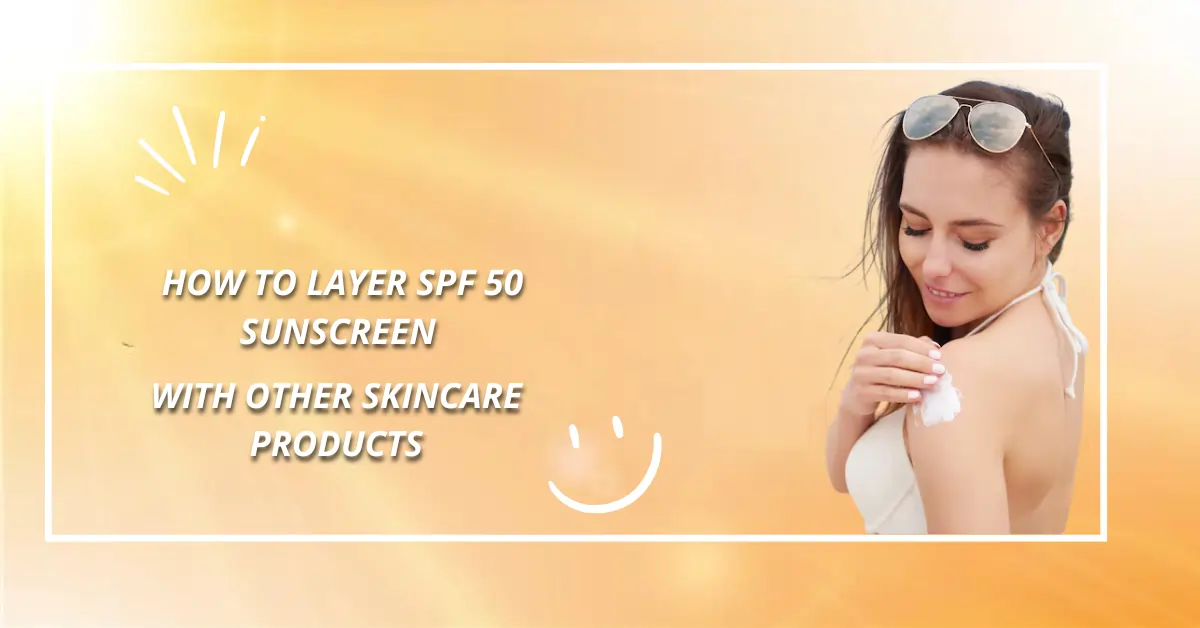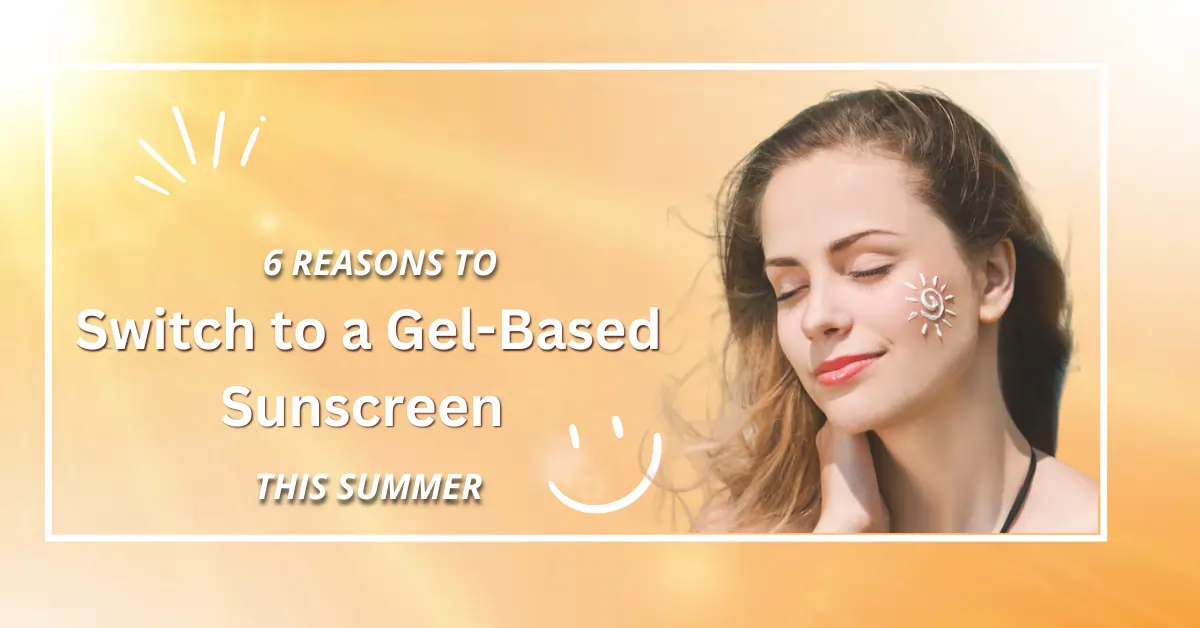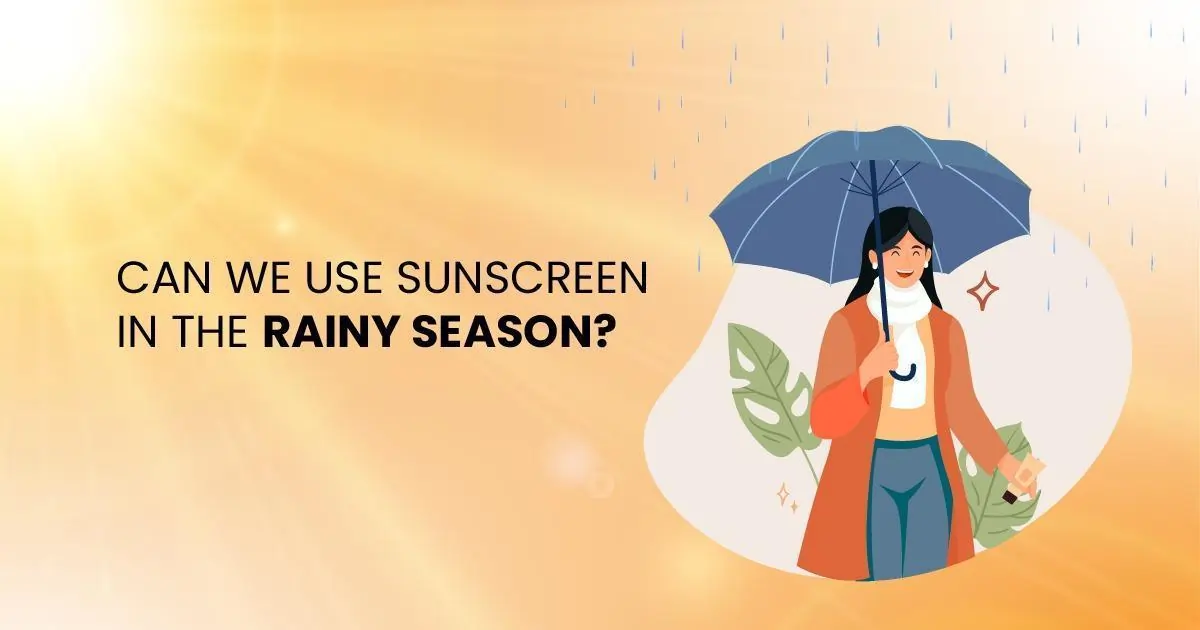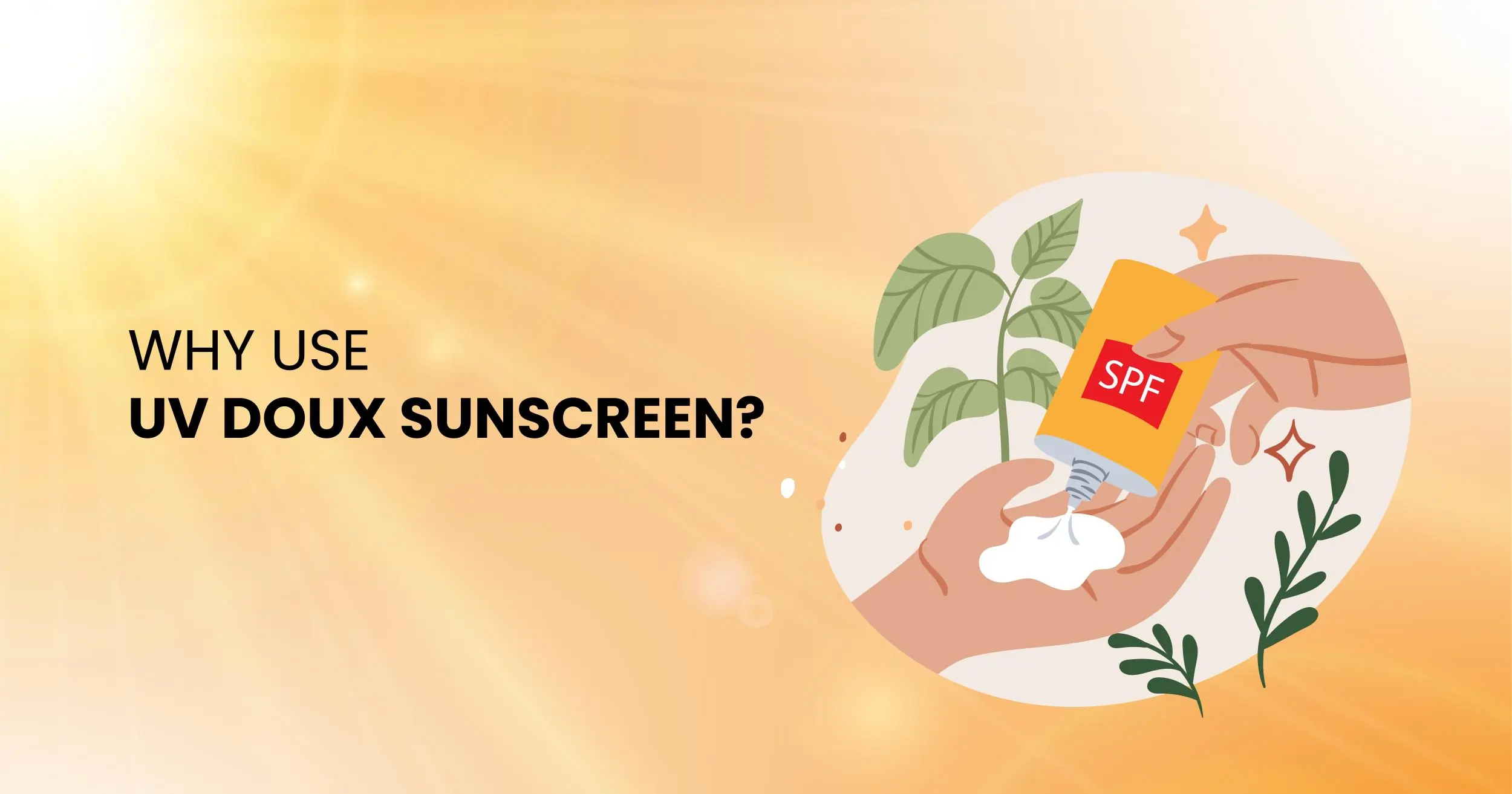
What Is PA+++ in SPF 50 Sunscreens and Why Does It Matter?
When choosing a sunscreen, you’ve probably noticed labels like SPF 50 and PA+++. While SPF is a term most of us are familiar with, PA ratings—especially PA+++—are less commonly understood. But if you’re serious about protecting your skin from sun damage, understanding the PA rating is just as important as knowing your SPF.
What Does SPF 50 Actually Mean?
Let’s begin with what’s already familiar—SPF, or Sun Protection Factor. SPF measures a sunscreen’s protection against UVB rays, the type of ultraviolet rays responsible for:
- Sunburn
- Skin redness
- DNA damage in the skin
- Potentially causing skin cancer
What Are UVA and UVB Rays?
To fully understand sunscreen protection, you need to know the difference between UVA and UVB rays:
| UV Type | Penetrates Deeper | Effects on Skin |
|---|---|---|
| UVA | Yes | Premature aging, pigmentation, wrinkles, tanning |
| UVB | No | Causes sunburn, redness, surface-level damage |
What Is PA+++ in Sunscreen?
PA stands for Protection Grade of UVA. This rating system was developed in Japan and is now widely used across Asia and Europe to indicate how well a sunscreen protects against UVA rays.
Here’s how the PA rating scale works:
- PA+: Some UVA protection
- PA++: Moderate UVA protection
- PA+++: High UVA protection
- PA++++: Extremely high UVA protection
How Is PA+++ Different from SPF?
| Factor | Protects Against | Prevents | Measured By |
|---|---|---|---|
| SPF | UVB rays | Sunburn, skin cancer | Numerical value (e.g., SPF 30, 50) |
| PA+++ | UVA rays | Aging, tanning, pigmentation | “+” symbols (PA+ to PA++++) |
Why Is UVA Protection So Important?
UVA rays penetrate deeper into the skin than UVB rays. Over time, UVA exposure leads to:
- Premature aging
- Wrinkles and fine lines
- Loss of skin elasticity
- Uneven skin tone
- Hyperpigmentation
- Increased skin cancer risk
What to Look for in an SPF 50 PA+++ Sunscreen
- Oil-free and non-comedogenic
- Matte finish or gel texture
- Water- and sweat-resistant
- Fragrance- and paraben-free
- Dermatologist-recommended for your skin type
How to Use Sunscreen with SPF 50 PA+++ Effectively
- Apply 2 fingers’ worth of sunscreen to the face and neck.
- Use daily—even on cloudy or indoor days.
- Reapply every 2–3 hours during outdoor exposure.
- Don’t forget ears, hands, and neck.
FAQs
Is PA+++ enough or should I go for PA++++?
PA+++ offers high UVA protection, which is sufficient for most people. PA++++ is recommended for extreme exposure or very sensitive skin.
Is SPF makeup enough protection?
No. You’d need an excessive amount of foundation to match the protection of actual sunscreen. Always use sunscreen as the first layer.
Is PA rating used globally?
No. It is most common in Asia. In the U.S., look for “broad-spectrum” instead, which means protection from both UVA and UVB.
Conclusion
Using sunscreen isn’t just about avoiding sunburn—it’s about preserving your skin’s health, youth, and clarity. While SPF 50 is crucial to guard against UVB damage, PA+++ is your defense against aging UVA rays.
Choose a sunscreen that offers SPF 50 with PA+++ broad-spectrum protection to shield your skin from premature aging, dark spots, pigmentation, and long-term damage. It’s one small step in your skincare routine with a big impact on your future skin.
Tip: Don’t just check the SPF—look for PA+++ too!





